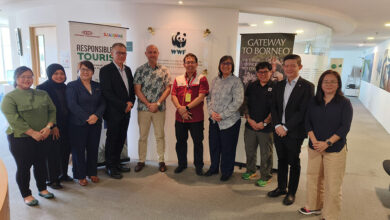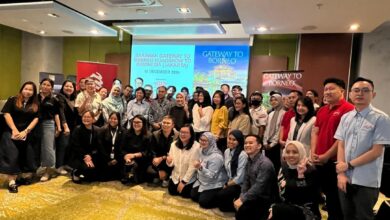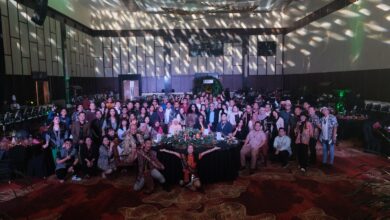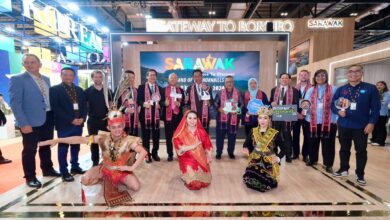Reef Balls for Miri-Sibuti Coral Reef National Park
The Sarawak Forestry Corporation (SFC) has completed its deployment of 1,750 reef balls into the Miri-Sibuti Coral Reefs National Park, deploying the final batch of 600 on 26 March.
The reef ball deployment is part of an Eco-Marine Project implemented by SFC, in collaboration with PETRONAS, the National Oil and Gas Company, in an effort to protect and restore the natural reefs and marine life in the area from illegal trawling activities, while at the same time creating a new diving site which can become an eco-tourism attraction.
Over time, the reef will continue to grow which will lead to more eco-tourism related job opportunities for the locals, including boat rentals, diving and snorkelling equipment training and rental, and tour operations.
While actively focusing on keeping the waters clear of illegal trawlers, SFC also hopes to increase the population of marine species within the area which will provide a consistent source of income for traditional fishermen living beyond of the national park, along the shorelines of the Miri-Sibuti.
In this way, these fishermen can support themselves and their families without resorting to illegal fishing practices due to low numbers of fish, and local communities can also benefit by lower prices for the marine produce supplied by these fishermen.
The Miri-Sibuti Marine National Park is one of Sarawak’s largest marine parks, home to many species such as sea turtles, whale sharks and coral reefs. The area is known as the ‘Sea Turtle Highway’, this National Park contributes to Malaysia’s conformance to the International Convention on Biological Diversity requirements for marine protected areas.





